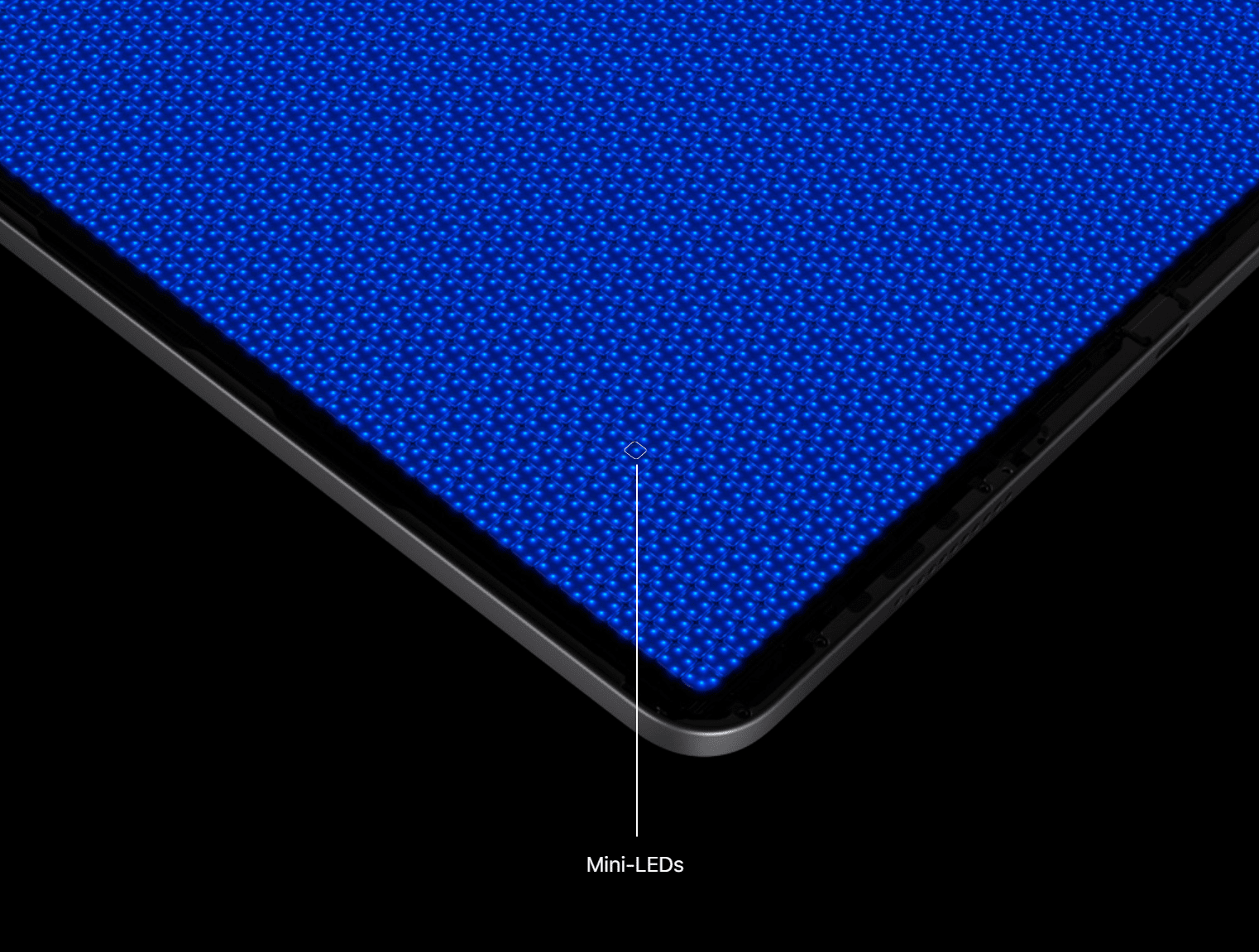At least, that’s what reliable Apple analyst Ming-Chi Kuo has to say (via MacRumors). The device is expected to offer an even thinner and lighter design while maintaining a 13.3-inch Mini-LED panel. It’s also expected to reduce the bezels, which means it’ll likely end up with a smaller footprint than the existing model too. It’ll likely run a new and improved version of the M1 chip, packed with additional GPU cores for improved gaming. Other rumors point to a pair of USB 4 ports and it could very well come in a multitude of colors a la 2021 iMac. To be clear we’re talking about Mini-LED here, not Micro LED. While the latter behaves more like the OLED panels on our phones – able to turn individual pixels on and off – Mini-LED, instead, pushes the limits of LCD technology. High-end LCD TVs, for instance, have the ability to turn off backlighting in certain regions to allow for deeper blacks and concentrated whites. On laptops, doing so would normally require an unduly thick and heavy screen, but Mini-LED shrinks lighting down enough that you can enable hundreds of ‘dimming zones’ on a normal-sized laptop. Instead of just lighting a screen from the edges as on most portable LCD screens, Mini-LED is kind of like having another layer of pixels that only affect brightness behind your usual RGB pixels. The net effect is pitch black darkness in certain scenes while maintaining high contrast and shadow detail. They even have some advantages over OLED: Mini-LED panels can generally get brighter and have a lower risk of burn-in. On the other hand, because the ‘resolution’ of the Mini-LEDs is lower than the actual color pixels, this can lead to a ‘blooming’ effect that’s kind of like a subtle haze around bright objects set against dark backgrounds. Overall, I dig the idea. As cool as OLED is on phones and TVs, I often find it a little worse than LCDs on laptop. Text will often take on fuzzy edges, and in some cases, the screen even takes on a ‘screen door’ effect. Granted, Apple would likely try its best to mitigate this — there’s a reason the company waited so long to use OLED on its iPhones — but for now it seems the company thinks Mini LED is the better option.

